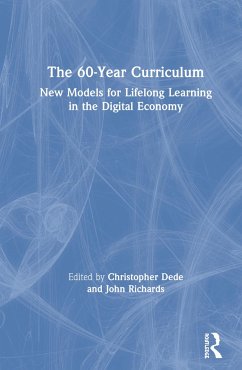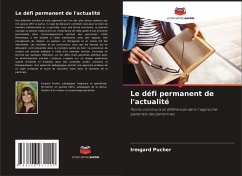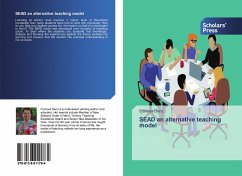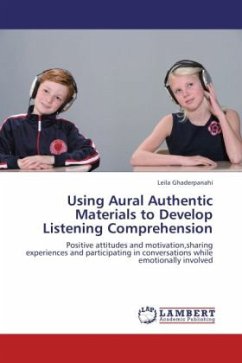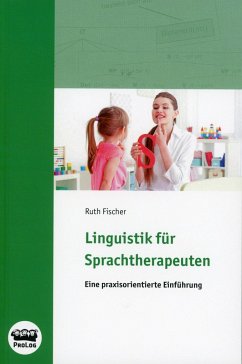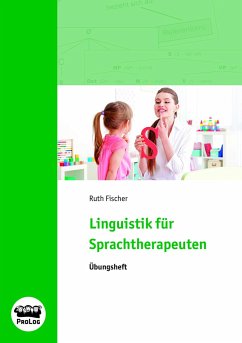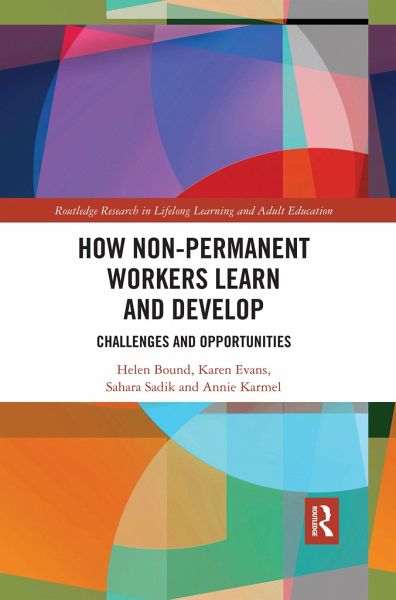
How Non-Permanent Workers Learn and Develop
Challenges and Opportunities

PAYBACK Punkte
27 °P sammeln!
How Non-Permanent Workers Learn and Develop is an empirically based exploration of the challenges and opportunities non-permanent workers face in accessing quality work, learning, developing occupational identities and striving for sustainable working lives. Based on a study of 100 non-permanent workers in Singapore, it offers a model to guide thinking about workers' learning and development in terms of an 'integrated practice' of craft, entrepreneurial and personal learning-to-learn skills. The book considers how strategies for continuing education and training can better fit with the realiti...
How Non-Permanent Workers Learn and Develop is an empirically based exploration of the challenges and opportunities non-permanent workers face in accessing quality work, learning, developing occupational identities and striving for sustainable working lives. Based on a study of 100 non-permanent workers in Singapore, it offers a model to guide thinking about workers' learning and development in terms of an 'integrated practice' of craft, entrepreneurial and personal learning-to-learn skills. The book considers how strategies for continuing education and training can better fit with the realities of non-permanent work. Through its use of case studies, the book exams the significance of non-permanent work and its rise as a global phenomenon. It considers the reality of being a non-permanent worker and reactions to learning opportunities for these individuals. The book draws these aspects together to present a conceptual frame of 'integrated practices', challenging educational institutions and training providers to design and deliver learning and the enacted curriculum not as separate pieces of a puzzle, but as an integrated whole. With conclusions that have wider salience for public policy responses to the rise of non-permanent work, this book will be of great interest to academics and researchers in the fields of adult education, educational policy and lifelong learning.





